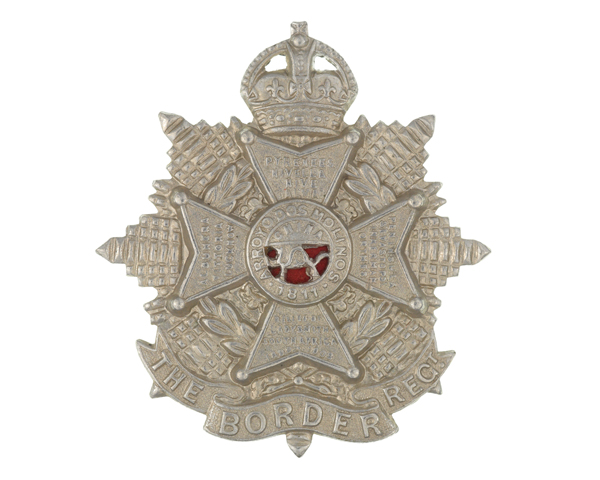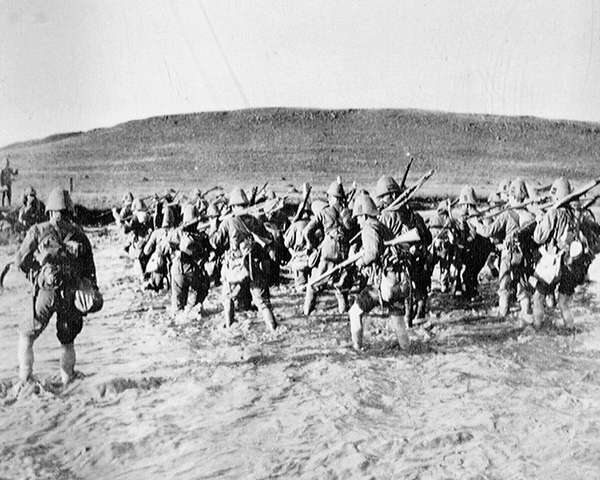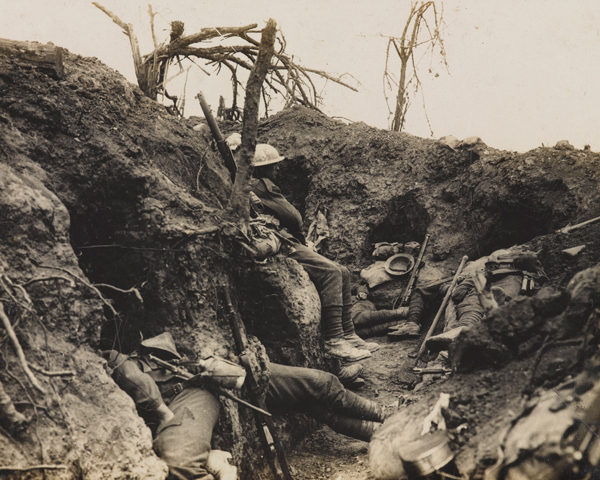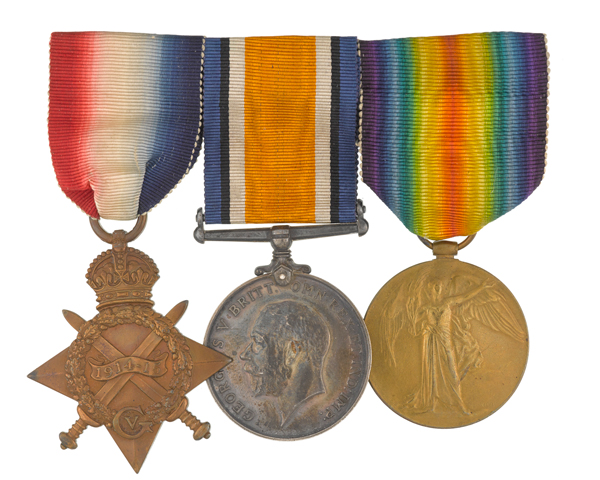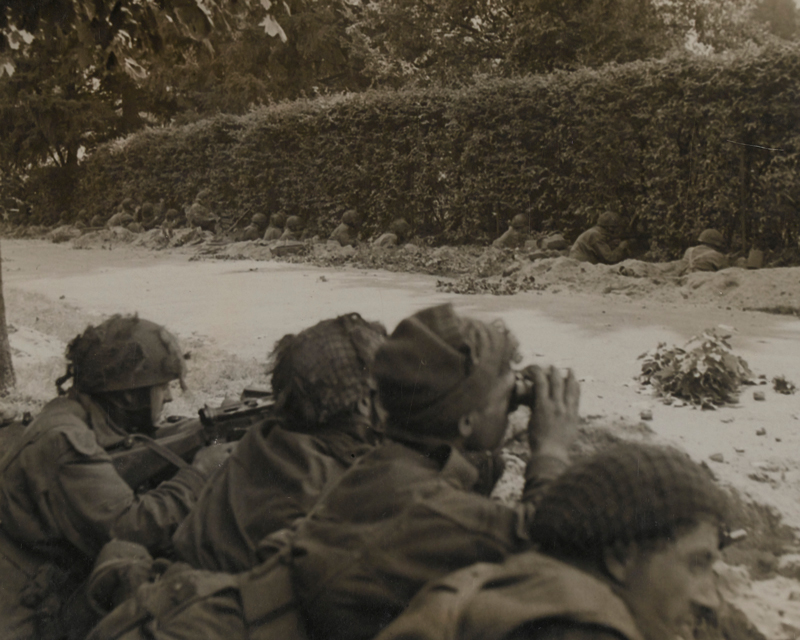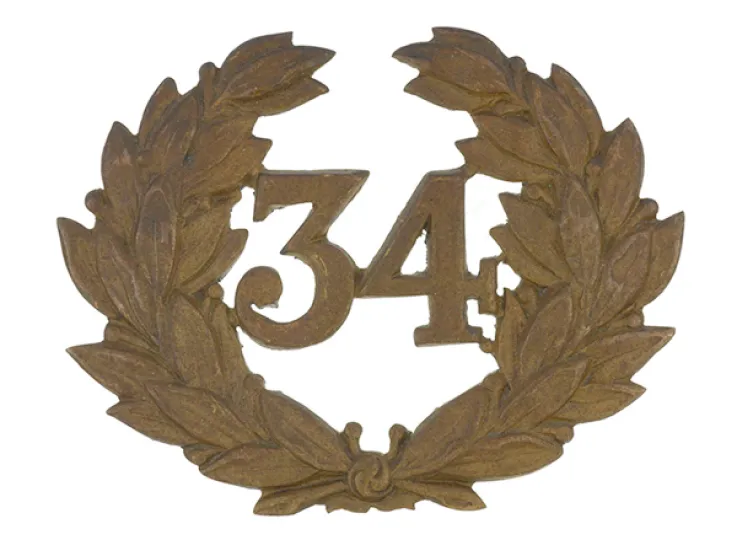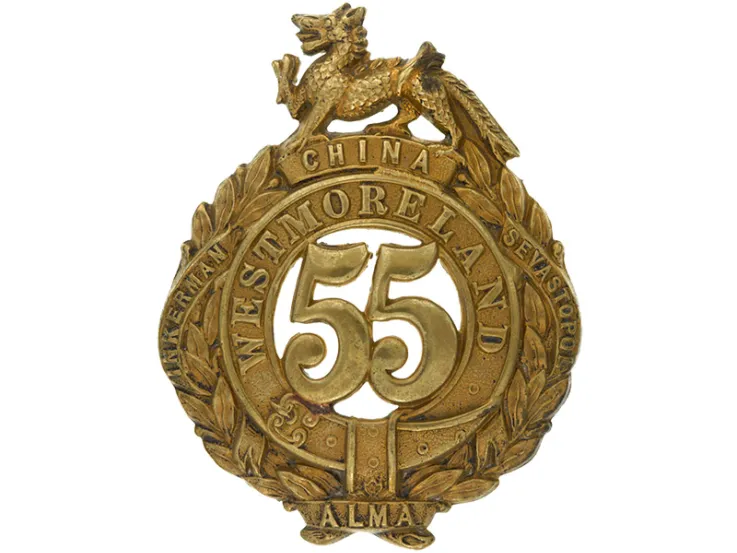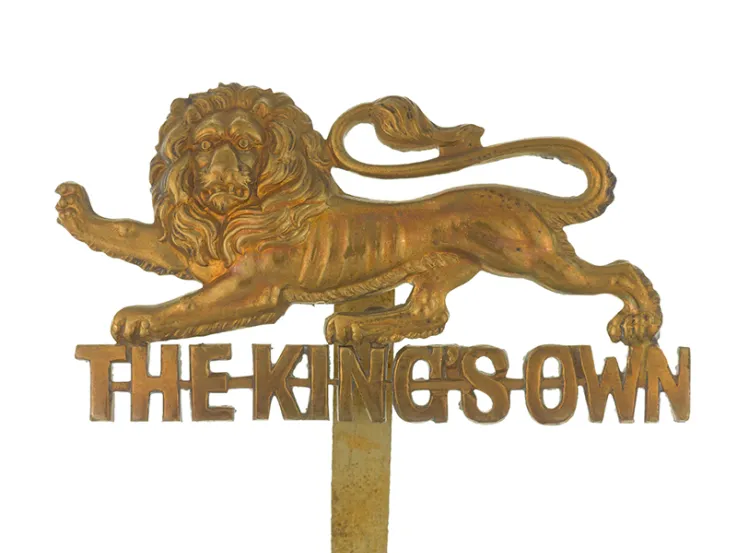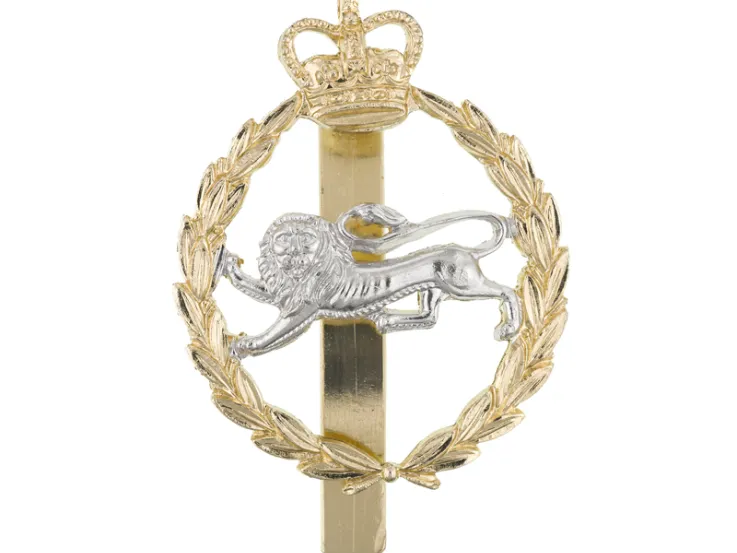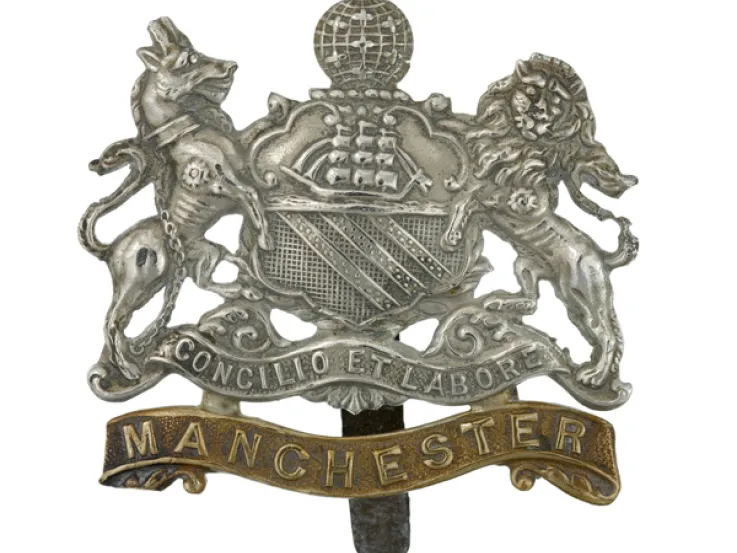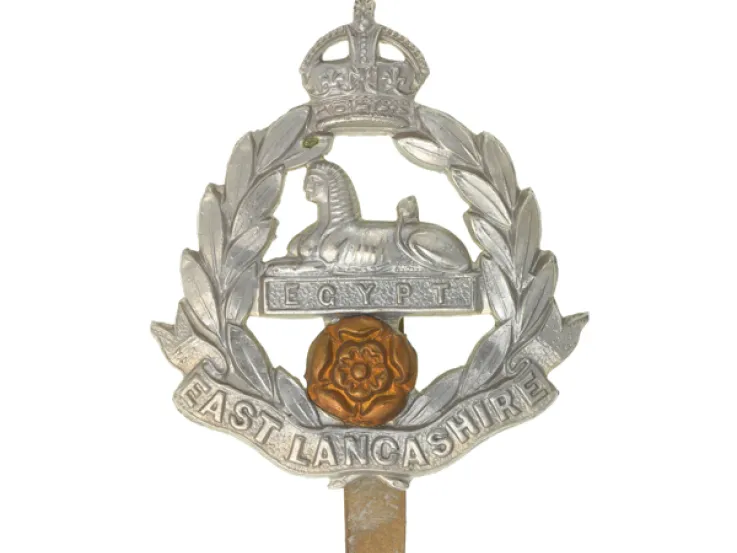Origins
This regiment was formed in 1881 by amalgamating the 34th (Cumberland) Regiment of Foot and the 55th (Westmorland) Regiment of Foot. These became the new unit’s 1st and 2nd Battalions respectively.
Both predecessor regiments were affiliated with counties just south of the English-Scottish border, in what is now Cumbria, and so the new unit was named The Border Regiment.
Early deployments
At the time of the merger, 1st Battalion was in India. It continued to serve there, as well as in Burma, until 1890, when it was replaced by 2nd Battalion. It was then sent to South Africa in 1899, where it fought throughout the Boer War (1899-1902).
Meanwhile, 2nd Battalion had moved from England to Ireland shortly after the regiment’s formation. After its posting in India and Burma from 1890, it moved on to South Africa in 1905.
First World War
1st Battalion was again in Burma on the outbreak of the First World War (1914-18), having returned there in 1910. By January 1915, it was back in Britain and later that year fought at Gallipoli. It deployed to the Western Front in March 1916, remaining there for the rest of the conflict.
Meanwhile, 2nd Battalion had returned to Britain from South Africa in 1907 and deployed straight to France in September 1914. It served on the Western Front until November 1917, when it was sent to Italy.
The regiment also raised 13 Territorial Army and New Army battalions during the war.
Inter-war years
In 1919, 2nd Battalion moved from Italy to Ireland. It also served in the Sudan and China in the 1920s, and in India again throughout the 1930s. The latter service included punitive expeditions against the tribesmen of the North-West Frontier.
1st Battalion spent the 1920s in India, Aden, England and Shanghai, prior to postings in Belfast and Palestine during the 1930s.
Second World War
By the outbreak of the Second World War (1939-45), 1st Battalion was back in Britain. It deployed to France in September 1939 with the initial British Expeditionary Force, but was evacuated home in June 1940.
It remained in Britain re-equipping until April 1943, when it took part in the landings in Tunisia. Three months later, it became the first British unit to join a major engagement by glider, when it landed in Sicily as part of 1st Airborne Division. It then fought its way up through Italy, before returning to England in November 1943.
After re-training for D-Day, the battalion eventually had to wait until August 1944 to deploy to North-West Europe. It was air-dropped on Arnhem the following month and suffered such heavy casualties during Operation Market Garden that it saw no further action for the rest of the conflict.
Meanwhile, 2nd Battalion was in India on the outbreak of the war. It shifted to Ceylon (now Sri Lanka) in July 1942, before fighting in Burma from November 1943 onwards.
Post-war deployments
By the end of the war, in May 1945, 1st Battalion had recovered sufficiently to help disarm the German occupation force in Norway. The following year, 2nd Battalion returned to Britain, while 1st Battalion was sent to occupy Trieste.
In 1947, 1st Battalion moved to Palestine. It then spent two years in Somaliland, before returning to Britain in 1950, where it merged with 2nd Battalion in October of that year.
The regiment was stationed in Egypt and Cyprus for the first half of the 1950s, moving on to West Germany in 1955 where it served with the British Army of the Rhine.
Legacy
The Border Regiment’s final independent deployment was to West Berlin in 1957. It was still there two years later, when it was amalgamated with the King’s Own Royal Regiment (Lancaster) to form the King’s Own Royal Border Regiment.
Regimental museums
The National Army Museum works with a network of Regimental and Corps Museums across the UK to help preserve and share the history and traditions of the Army and its soldiers.
Discover more about The Border Regiment by visiting Cumbria's Museum of Military Life at Carlisle Castle.


